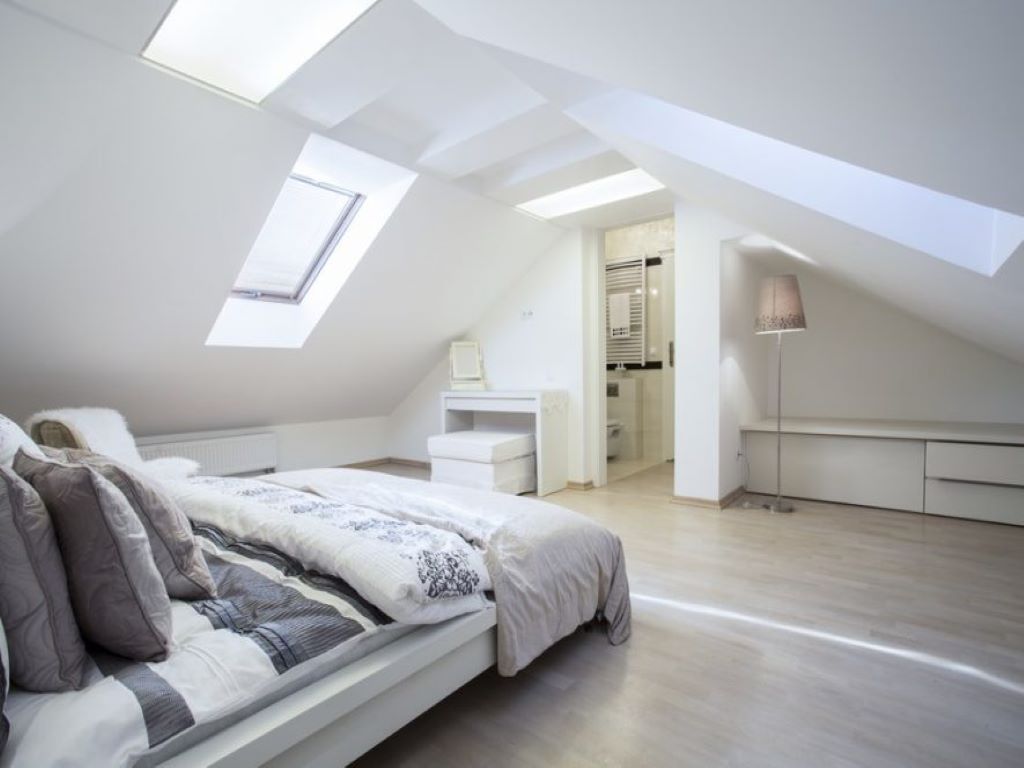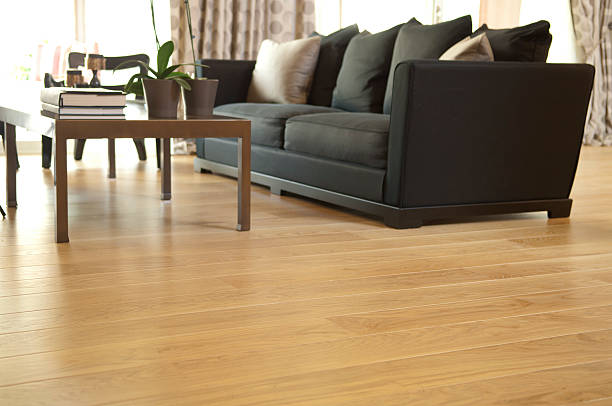A loft conversion is a highly effective way to maximize the space in your home without needing to move. Whether you’re looking to add an extra bedroom, a home office, or simply create more living space, converting your loft can provide a cost-effective solution. This article explores the benefits of loft conversions, the different types available, the steps involved in the process, and why this project is a smart investment for homeowners.
What Is a Loft Conversion?
A loft conversion involves converting the unused attic space in your home into a functional living area. This can significantly increase your home’s value while providing additional space for various purposes. Loft conversions are a popular choice for homeowners looking to expand their living area without the need for a major extension or moving to a new home.
Why Choose a Loft Conversion?
There are several advantages to choosing a loft conversion, making it a popular home improvement project. Here are some key reasons why homeowners opt for this solution:
1. Maximizing Space
Lofts typically provide unused space that can be transformed into an additional bedroom, bathroom, office, or entertainment area. Converting your loft can unlock valuable square footage without the need for a full-scale extension.
2. Increasing Property Value
A well-executed loft conversion can significantly increase the value of your home. Whether you’re adding extra bedrooms or enhancing the functionality of your property, prospective buyers often see loft conversions as a key selling point.
3. Cost-Effective Alternative to Moving
Instead of spending money on moving costs or buying a larger property, a loft conversion offers an affordable way to increase your home’s usable space. The cost of converting your loft is often much less than the price of buying a larger home.
4. No Need for Planning Permission
In many cases, loft conversions can be carried out without needing planning permission, as long as the work meets certain criteria. This makes the process more straightforward and quicker than other types of home improvement projects. However, it’s essential to confirm this with your local authorities before starting any work.
5. Improved Natural Light
Loft conversions often involve the addition of new windows or skylights, which can bring in more natural light. This brightens up the space and creates an airy, open feel, which is especially beneficial for home offices or bedrooms.
Types of Loft Conversions
There are several different types of loft conversions, each offering unique benefits depending on the structure of your home and your needs. Here are the main types:
1. Dormer Loft Conversion
A dormer conversion involves adding a box-like structure that extends vertically from the roof, increasing the headspace and creating additional floor space. Dormer conversions are one of the most common types, offering a significant amount of extra space and often not requiring full planning permission.
2. Mansard Loft Conversion
A mansard loft conversion involves altering the roof to create a steep, sloping side with vertical walls. This type of conversion provides the maximum amount of headspace and can significantly increase the floor area. Mansard conversions are ideal for homes in areas where the roofline needs to be altered to create more usable space.
3. Hip-to-Gable Loft Conversion
This type of conversion is ideal for semi-detached or detached homes with a hipped roof. A hip-to-gable conversion involves extending the roof from a sloped, triangular shape to a vertical gable wall, providing extra space on both sides of the house. It often creates a larger, more usable loft space with the potential for multiple rooms.
4. Velux Loft Conversion
A Velux loft conversion is a more straightforward and less invasive option. It involves the addition of Velux windows into the existing roof structure without altering the roofline. This type of conversion is often the most affordable and least disruptive, making it ideal for homeowners looking for a simpler solution.
5. Roof Lift Conversion
For homes with a low-pitched roof, a roof lift involves raising the height of the existing roof to create more headspace. This can be a more complex and costly project but provides the most significant increase in living space.
The Loft Conversion Process
The process of converting your loft generally involves several steps, from planning to completion. Here’s a breakdown of what to expect:
1. Initial Assessment and Planning
The first step is to assess whether your loft is suitable for conversion. A professional surveyor or architect will inspect the space to check for structural issues, access points, and headroom. They’ll also advise you on the best type of conversion for your needs and whether you require planning permission.
2. Design and Permissions
Once your loft is deemed suitable for conversion, your designer will create plans for the layout and design of the new space. If necessary, your architect will submit the plans for planning permission. It’s important to get this step right to avoid delays later on.
3. Construction and Building Work
The building process can take several weeks, depending on the complexity of the conversion. The roof may need to be altered, windows or skylights added, and structural support installed. The construction work will be carried out by skilled builders, electricians, and other professionals.
4. Final Touches
After the major construction is complete, finishing touches such as flooring, painting, and installing fixtures and fittings will be added. The space will then be ready for use, whether it’s a new bedroom, home office, or playroom.
Costs of Loft Conversions
The cost of a loft conversion depends on several factors, including the size of the space, the type of conversion, and the level of customization you require. On average, loft conversions can cost anywhere from £15,000 to £40,000 or more, depending on these factors. It’s essential to get quotes from several contractors and ensure that you have a clear budget before starting.
Maintenance and Upkeep
Once your loft conversion is complete, regular maintenance will help preserve the space for years to come. This includes checking the roof for leaks, cleaning windows, and ensuring proper insulation is in place to keep the space comfortable.
Conclusion
Loft conversions are an excellent way to unlock the potential of your home. They offer increased living space, improved property value, and a cost-effective alternative to moving. With various types of conversions available, you can find an option that suits your home and needs. Whether you’re adding a new bedroom, creating a home office, or simply improving your living space, a loft conversion can provide the extra room you need without the hassle of moving. With careful planning and the right professionals, your loft can be transformed into a functional, beautiful space that enhances the overall comfort and value of your home.



